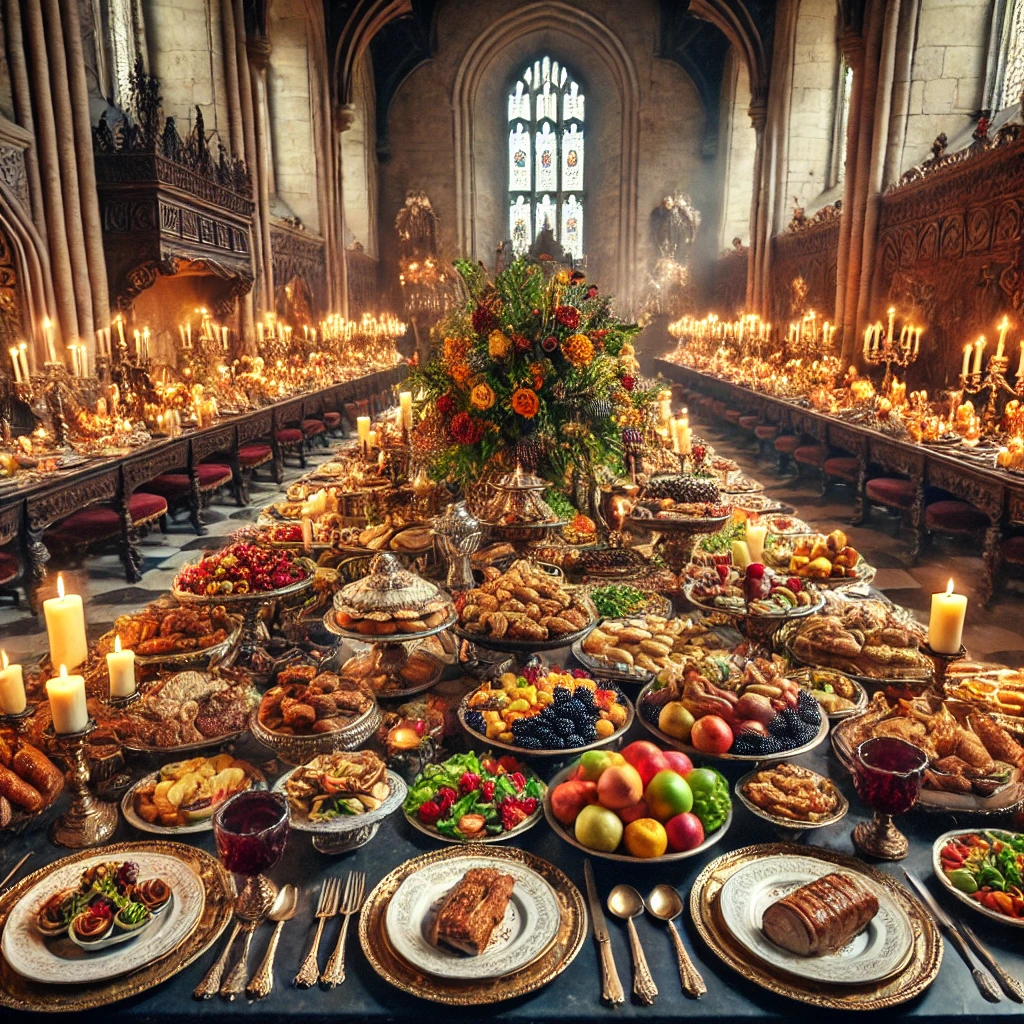
After the heartfelt moments of your ceremony, the reception is where you and your guests can relax, celebrate, and create joyful memories. This guide covers the key elements of planning a reception that reflects your style and ensures everyone has a fantastic time.
Choosing the Perfect Reception Venue
Your reception venue sets the stage for the festivities.
Same as Ceremony Venue:
Convenience: Eliminates the need for guest transportation between locations.
Cost Savings: Potential discounts when booking the same venue for both events.
Different Venue:
Variety: Allows for a change in atmosphere or scenery.
Specialized Spaces: You might prefer a more casual or grand setting for the reception.Catering to Delight Your Guests
Food is often a highlight of the reception, and catering choices can enhance the overall experience.
Menu Selection:
Cuisine Type: Choose a style that reflects your tastes—formal dining, buffet, family-style, or themed cuisine.
Signature Dishes: Incorporate favorite foods or cultural specialties.
Dietary Restrictions:
Inclusivity: Offer vegetarian, vegan, gluten-free, and allergy-friendly options.
Kid-Friendly Choices: Consider a separate menu for younger guests.
Tastings:
Sampling: Schedule tastings with your caterer to finalize menu selections.
Presentation: Discuss how dishes will be served and displayed.Entertainment to Keep the Party Going
Music and entertainment set the mood and keep guests engaged.
Bands vs. DJs:
Live Bands: Provide energetic performances and can adapt to the crowd.
DJs: Offer a wide variety of music and can take requests.
Other Performances:
Dancers, Magicians, or Photo Booths: Add unique elements to entertain guests.
Cultural Performances: Incorporate traditional dances or music reflecting your heritage.
Playlist Planning:
Must-Play Songs: Compile a list of songs you love.
Do-Not-Play List: Specify any songs or genres you'd prefer to avoid.Thoughtful Seating Arrangements
Seating plans can influence the flow and interactions during the reception.
Table Assignments:
Assigned Seating: Helps organize guests and ensures everyone has a place.
Open Seating: Offers flexibility but may result in confusion or guests being separated from friends.
Seating Charts and Place Cards:
Display: Create a seating chart or escort cards to guide guests.
Personalization: Use themed or personalized place cards as keepsakes.
Grouping Guests:
Common Interests: Seat guests with others they know or with whom they share interests.
Family Dynamics: Be mindful of any sensitivities or conflicts.Conclusion
Planning a reception involves balancing logistics with creativity to craft an event that is enjoyable for everyone. By carefully selecting your venue, designing a delightful menu, arranging engaging entertainment, and organizing thoughtful seating, you create a seamless and memorable celebration. Remember to infuse your personality into each element, making your reception a true reflection of your joyous union.